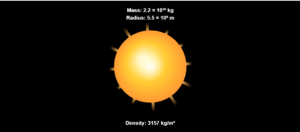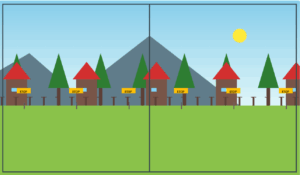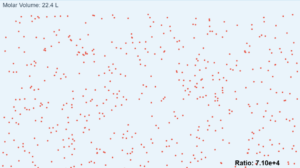Advanced Physics Unit Conversion Simulator
Cube Volume Parameters
Understanding Cube Volume Conversion
Volume Calculation: The volume of a cube is calculated using the formula V = side³ where each side has equal length.
Unit Conversion Process: Converting from cm³ to m³ involves understanding the relationship between centimeters and meters:
- 1 cm = 10⁻² m
- 1 cm³ = (10⁻² m)³ = 10⁻⁶ m³
Practical Example: A cube with side length 2 cm:
Volume = 2³ = 8 cm³ = 8 × 10⁻⁶ m³
Real-world Applications: Understanding volume conversions is crucial in chemistry for calculating concentrations, in engineering for material calculations, and in everyday life for cooking measurements.
Cylinder Dimensions
Cylinder Surface Area Analysis
Surface Area Formula: The total surface area of a cylinder combines the curved surface and both circular ends:
S = 2πr(r + h)
This can be broken down as: S = 2πr² + 2πrh
- 2πr² = area of both circular ends
- 2πrh = curved surface area
Unit Conversion (cm² to mm²):
1 cm = 10 mm, therefore 1 cm² = (10 mm)² = 100 mm²
Step-by-step Example: For r = 2 cm, h = 10 cm:
- S = 2π(2)(2 + 10) = 2π(2)(12) = 48π ≈ 150.8 cm²
- 150.8 cm² × 100 = 15,080 mm² = 1.508 × 10⁴ mm²
Engineering Applications: Surface area calculations are essential for determining paint coverage, heat transfer rates, and material costs in manufacturing.
Speed Parameters
Speed Conversion Fundamentals
Conversion Formula: To convert from km/h to m/s, we use the relationship:
km/h to m/s: multiply by (5/18) or divide by 3.6
Derivation of Conversion Factor:
- 1 km = 1000 m
- 1 hour = 3600 seconds
- 1 km/h = 1000 m / 3600 s = 5/18 m/s ≈ 0.278 m/s
Practical Examples:
- Walking speed: 5 km/h = 5 × (5/18) = 1.39 m/s
- City driving: 50 km/h = 50 × (5/18) = 13.89 m/s
- Highway speed: 100 km/h = 100 × (5/18) = 27.78 m/s
Physics Applications: Speed conversions are fundamental in kinematics, calculating stopping distances, determining kinetic energy, and analyzing collision dynamics. The animation shows real-time distance coverage based on the converted speed.
Lead Sample Properties
Understanding Density and Unit Conversions
Relative Density Concept: Relative density (specific gravity) is the ratio of a substance's density to water's density at standard conditions:
Relative Density = ρ_substance / ρ_water
Lead Properties:
- Relative density of lead: 11.3
- Water density: 1.0 g/cm³ = 1000 kg/m³
- Lead density: 11.3 g/cm³ = 11,300 kg/m³
Unit Conversion Process:
- 11.3 g/cm³ (starting units)
- 11.3 g/cm³ × (1 kg/1000 g) (convert grams to kilograms)
- 11.3 × 10⁻³ kg/cm³ × (100 cm/1 m)³ (convert cm³ to m³)
- 11.3 × 10⁻³ × 10⁶ kg/m³ = 11.3 × 10³ kg/m³
Volume Calculation: Using ρ = m/V, we can find volume:
V = m/ρ = mass(g) / 11.3(g/cm³)
Industrial Applications: Lead's high density makes it useful for radiation shielding, counterweights, and ballast. Understanding density conversions is crucial in materials science and engineering design.



